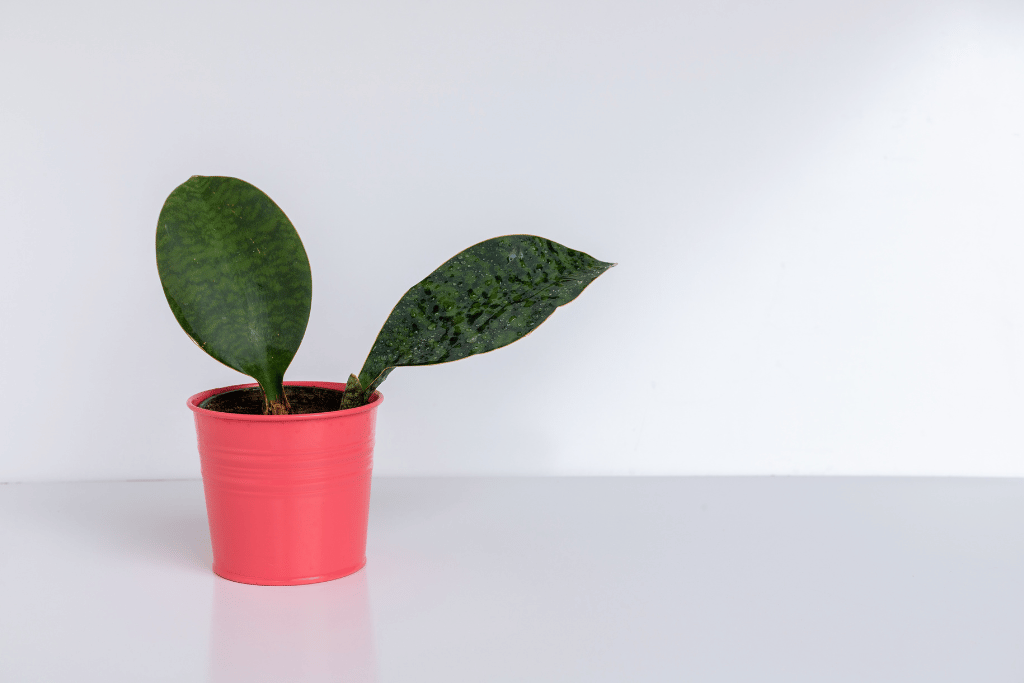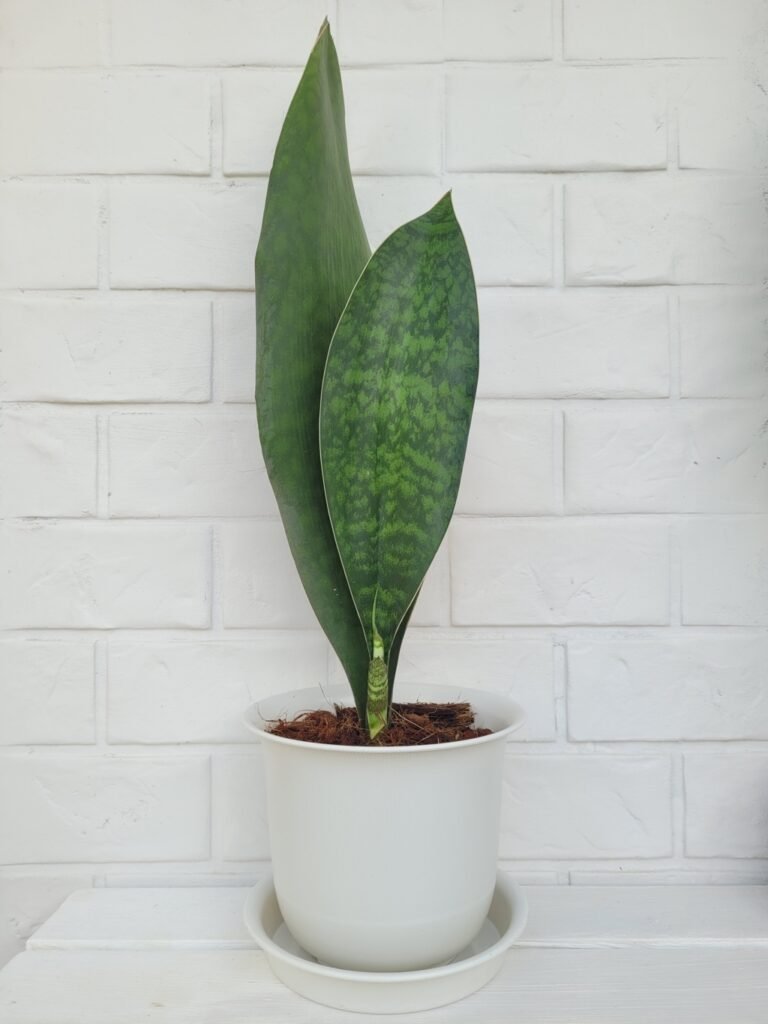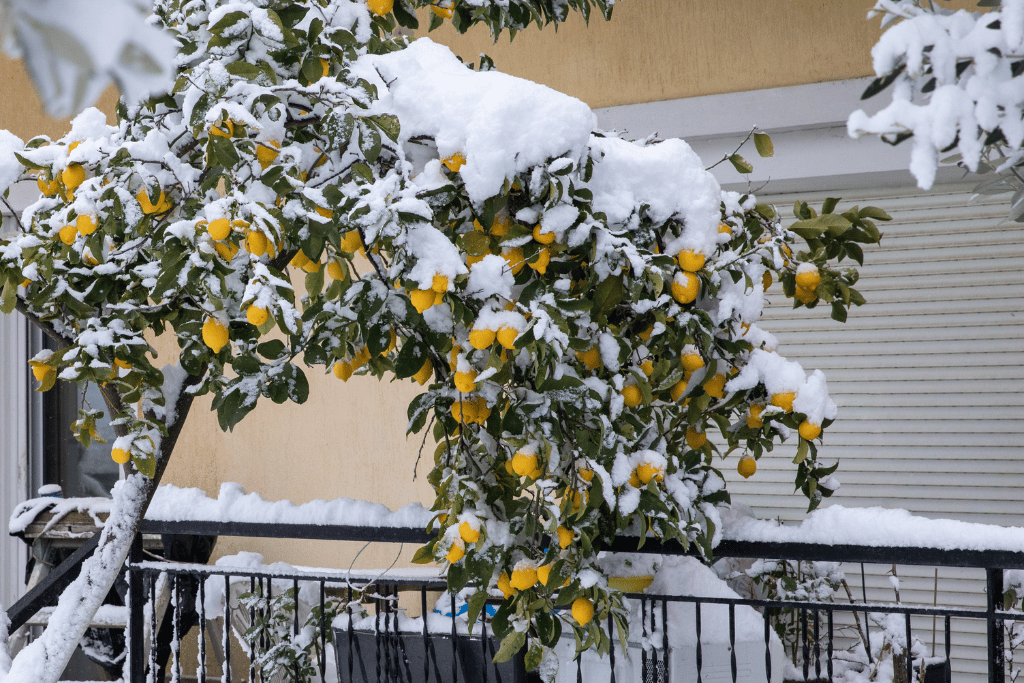
Dracaena masoniana has two common names; Mason’s Congo or whale fin plant. It’s a tropical houseplant which belongs to the family Asparagaceae, native to western tropical Africa, specifically the Congo. In its natural habitat, it’s able to grow up to two meters tall. The unique and attractive foliage makes an excellent choice for indoor decoration!
What Does a Whale Fin Plant Look Like?
Large, fleshy leaves which grow in a rosette form at the top of the stem are a good way of identifying a whale fin plant. Typically, the leaves are dark green in color and have a waxy and glossy texture. The leaves have a distinct shape, representing the tail fin of a whale, which gives it the common name ‘whale fin plant’.
Mason’s Congo has a thick and woody stem which can grow up to approximately 15 cm in diameter, which is also capable of producing aerial roots to assist in absorbing moisture from the air – particularly helpful in arid environments.
Taking Care of The Whale Fin Plant
Compared to other houseplants, the whale fin plant is a relatively easy plant to care for. This makes it a popular choice for cultivation. So, what certain conditions and requirements do whale fin plants need?
The whale fin plant enjoys its light – it prefers to be in bright, indirect sunlight. It can tolerate low light conditions, but it’s best to keep them somewhere on the brighter side. Make sure that you don’t place the plant in direct sunlight; otherwise, this can scorch the leaves, causing them to turn brown and fall off the plant. Who knew plants could get sunburnt too?!
Watering is one of the most essential aspects when keeping plants alive. You should allow the soil to dry out between waterings, as the plant is susceptible to root rot if constantly overwatered. Whale fin plants should be potted in well-draining soil, which is regularly watered throughout the growing season – from spring to summer. You’ll find that as it turns to become autumn and winter, the water demand of your plants will lower; therefore, you should be watering them less and less.

Feeding your plants is very important – and most beginners don’t understand this. If your plant is in a pot, it’s not going to get its nutrients from anyone else but you. It would be best if you fed whale fin plants around once a month during the growing season using a balanced liquid fertilizer, providing them with plenty of nutrients for healthy and sustained growth.
A benefit of the Mason’s Congo is that it’s a low-maintenance plant requiring minimal care. It’s able to adapt to a wide range of growing conditions, tolerating some neglect. Though, it’s best to keep the plant healthy and looking its best by watering it frequently and providing it with the proper amount of light and nutrients.
Uses of the Whale Fin Plant
Though the Mason’s Congo is primarily used as an ornamental plant for indoor decoration, it also has its uses in traditional medicine in native Africa. The sap from the stem can be used to treat a variety of problems, such as stomach problems, wounds and fevers.
Its unique foliage can add an exotic feeling to any room it’s in, making it a lovely addition to any bland or empty rooms you might have. Along with its pretty foliage, the whale fin plant has also been known to improve indoor air quality by removing toxins like benzene and formaldehyde from the air. How useful!
Propagating Whale Fin
The main ways of propagating whale fin are through stem cuttings or air-layering. If you’d like to propagate it through stem cuttings (arguably the more straightforward method), you should cut a stem with at least two leaves from the parent plant. This cutting should then be left to dry for a day or two before being planted with fresh soil and kept moist until the cutting has rooted – this may take several weeks, though.
If you’d like to propagate it through air layering, you need to make a small cult in the stem just below a node, girdling a small section. A piece of damp sphagnum moss is then wrapped around the cut, covered in transparent plastic wrapping. After a few weeks, you’ll see that roots will start to form from the cut, and the new plant can be separated once enough roots have developed.

Luckiness?
An interesting feature of the Mason’s Congo is that it’s sometimes referred to as a ‘lucky plant’ in Feng Shui. In this tradition, the whale fin plant is believed to bring happiness, prosperity and good luck to wherever it’s placed. The unique shape of the leaves resembling a whale’s tail fin is meant to represent prosperity and abundance.
Toxicity
If you have pets such as cats and dogs, then you’ll want to watch out for the whale fin plant. Mason’s Congo contains saponins, which cause vomiting, diarrhea and other symptoms if ingested. Therefore, keeping these plants out of reach of your pets and children – especially those pesky cats is important. If you think your pet may have ingested part of the plant, it’s best to take them to a vet to ensure they are okay. With young children, it may be wise to take them to see a doctor if symptoms persist or depending on how much they ingested.
Final Thoughts
The Mason’s Congo is a striking and beautiful houseplant which is easy to care for and able to thrive in various different growing conditions. The low-maintenance nature makes it a popular choice for indoor gardeners and house plant lovers, with the added bonus of being a ‘lucky plant’ in Feng Shui. So, if you’re looking to add a bit of exoticism to your indoor spaces or just want a low-maintenance plant to look after, then the whale fin plant may be an excellent choice for your home.
Frequently Asked Questions (FAQ)
Are whale fin plants rare?
Whale fin plants are considered to be rare, but they can typically be found in small pots and are pretty easy to find online. Larger plants are usually quite a bit more, but if you’re just starting out with plants, then it’s probably best to go small. From a few google searches, you can get them for around £6 – £20 ($7 – $24).
Is a whale fin plant a succulent?
Whale fin plants are considered succulents, native to the tropical regions of Congo and Central Africa. They have thick and fleshy stems, which are perfect for storing water – which is pretty much one of the most common traits for a succulent to have.
Can whale fin plants survive in water?
When watering your whale fin plant, you should make sure that it’s watered thoroughly around the whole pot – until water seeps through the drainage hole. The excess water should then be drained; otherwise, this can lead to root rot. Your plants should never be left sitting in water, as this can damage or kill the roots; with most houseplants, I typically let them sit in water for about 10-15 minutes before draining them.
Why is my whale fin plant curling?
One of the most common reasons for the whale fin planting curling is a lack of moisture in the soil. This means that you probably left the plant for too long before watering (underwatering), and therefore the plant has started to suffer. Though they may be able to go a while longer than other plants without water, they should still be frequently watered as if they are left for too long; they may die. The curling of leaves is a common symptom of underwatering, and so is the browning or yellowing of leaves.



